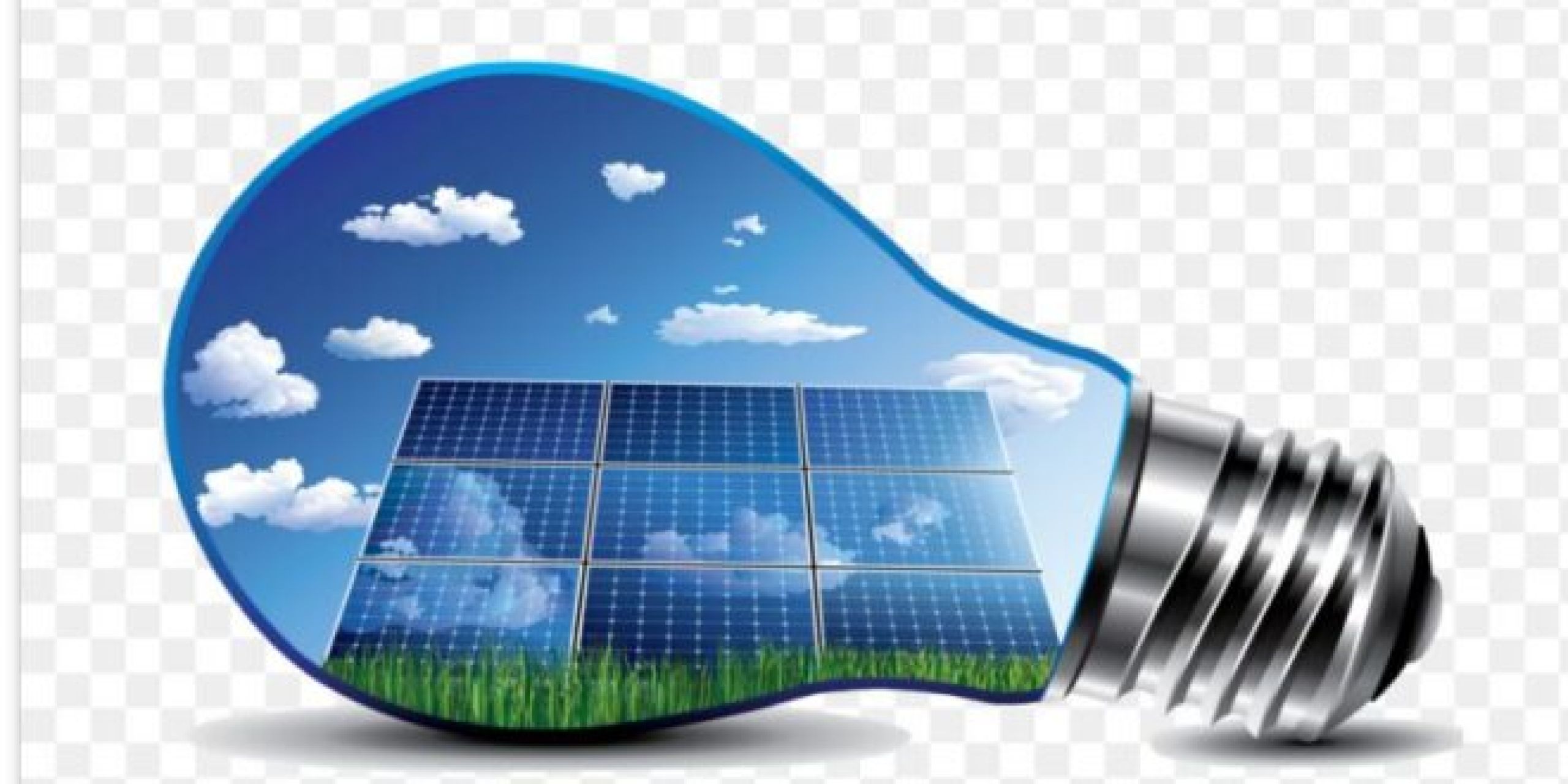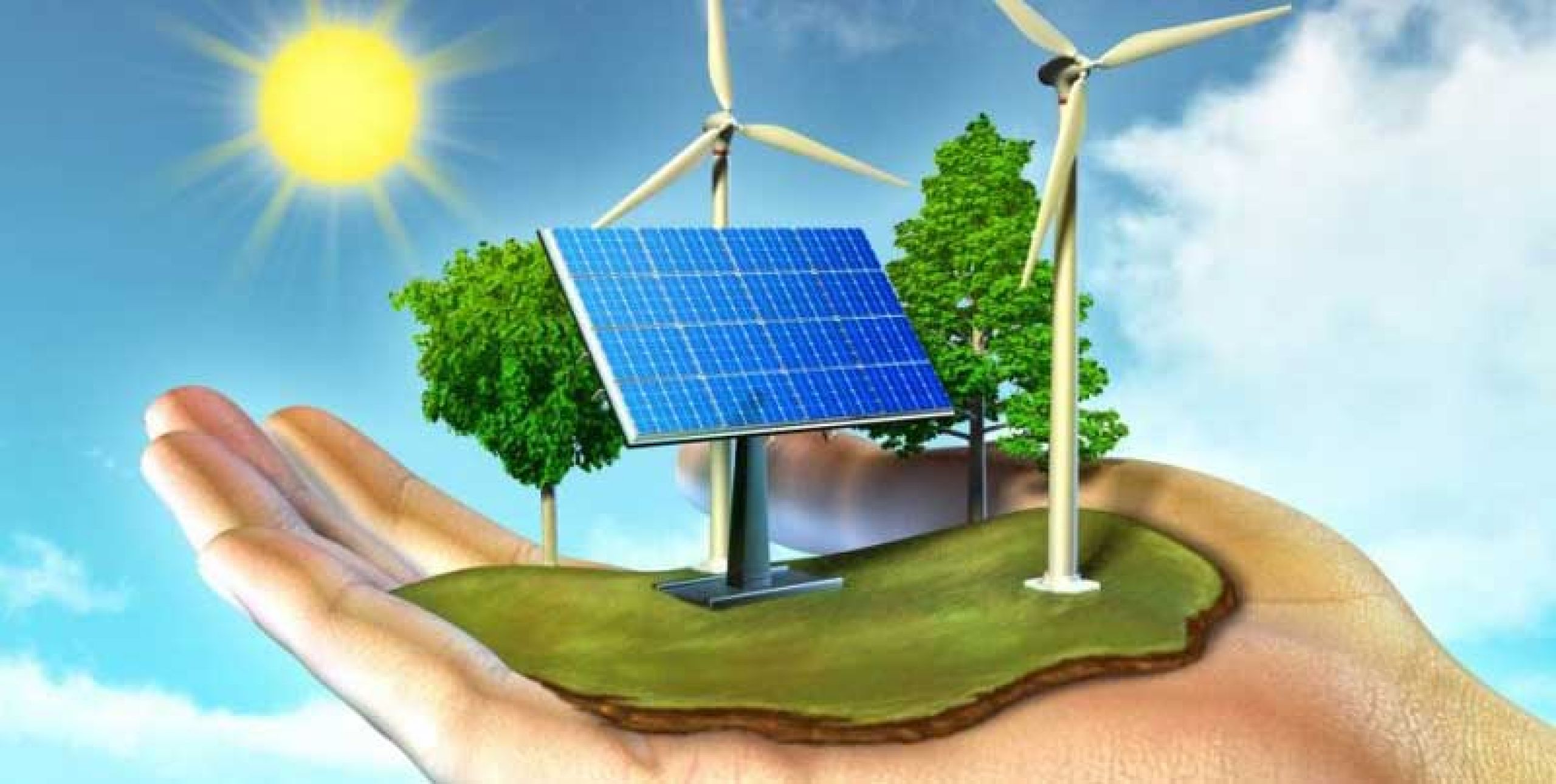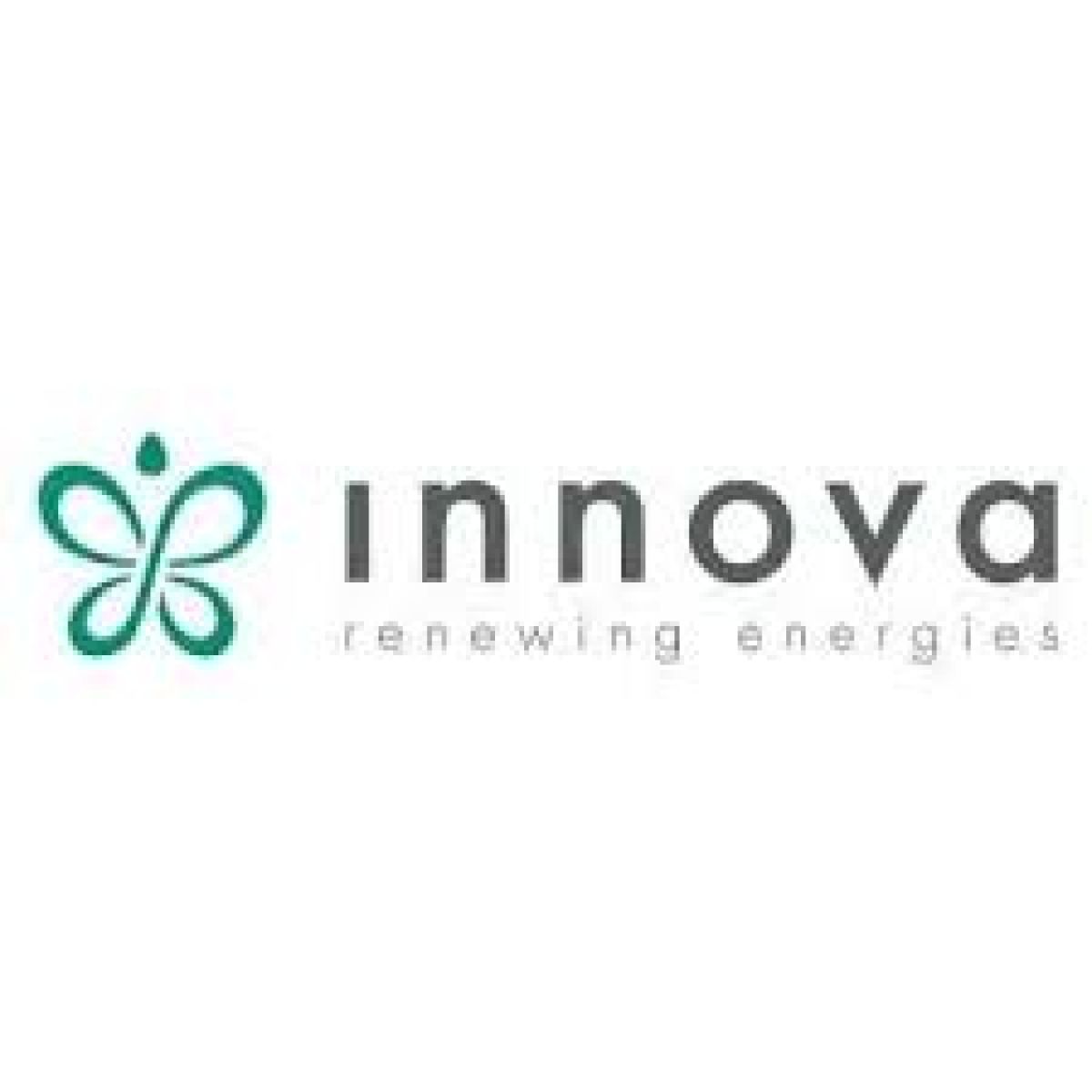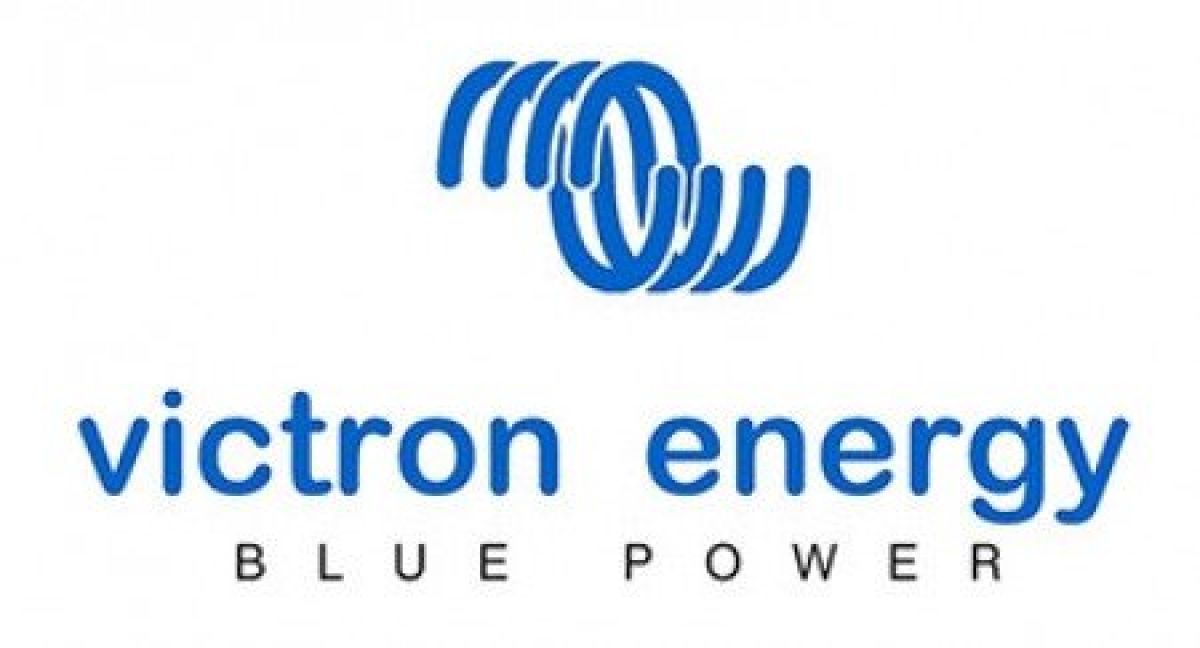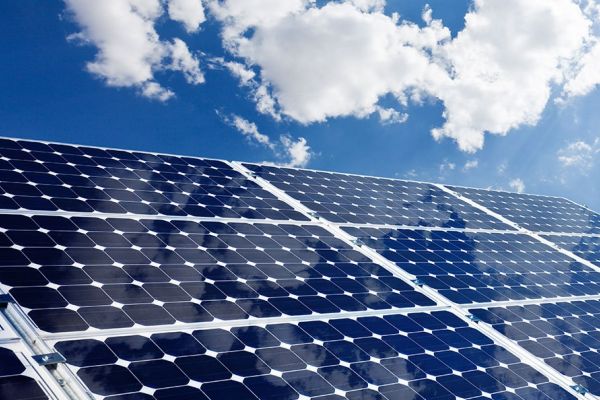
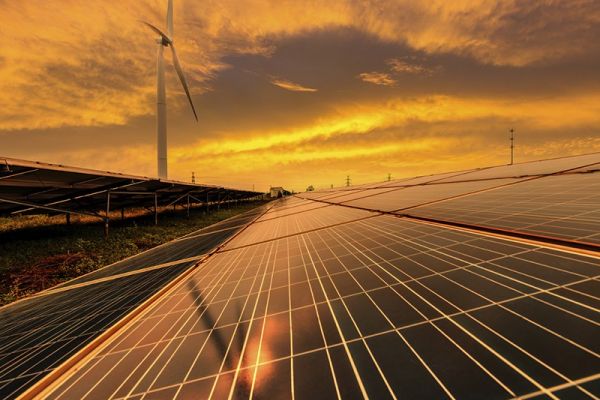
AUTONOMOUS PHOTOVOLTAIC POWER SYSTEMS
The autonomous electricity generation systems give the answer to the increased costs-fixed electricity of the PPC bill. They ensure energy self-sufficiency and independence in places that are not connected to the grid or access to it is very expensive.
Posted on: 10/11/21Generally
The autonomous electricity generation systems give the answer to the increased costs-fixed electricity of the PPC bill. They ensure energy self-sufficiency and independence in places that are not connected to the grid or access to it is very expensive.
How It Works
Electricity is generated by photovoltaic panels. It is then fed to the charger and from there to the batteries. Up to batteries the current is direct current (DC). But because most devices operate on 220 Volt AC, we use the so-called inverters.
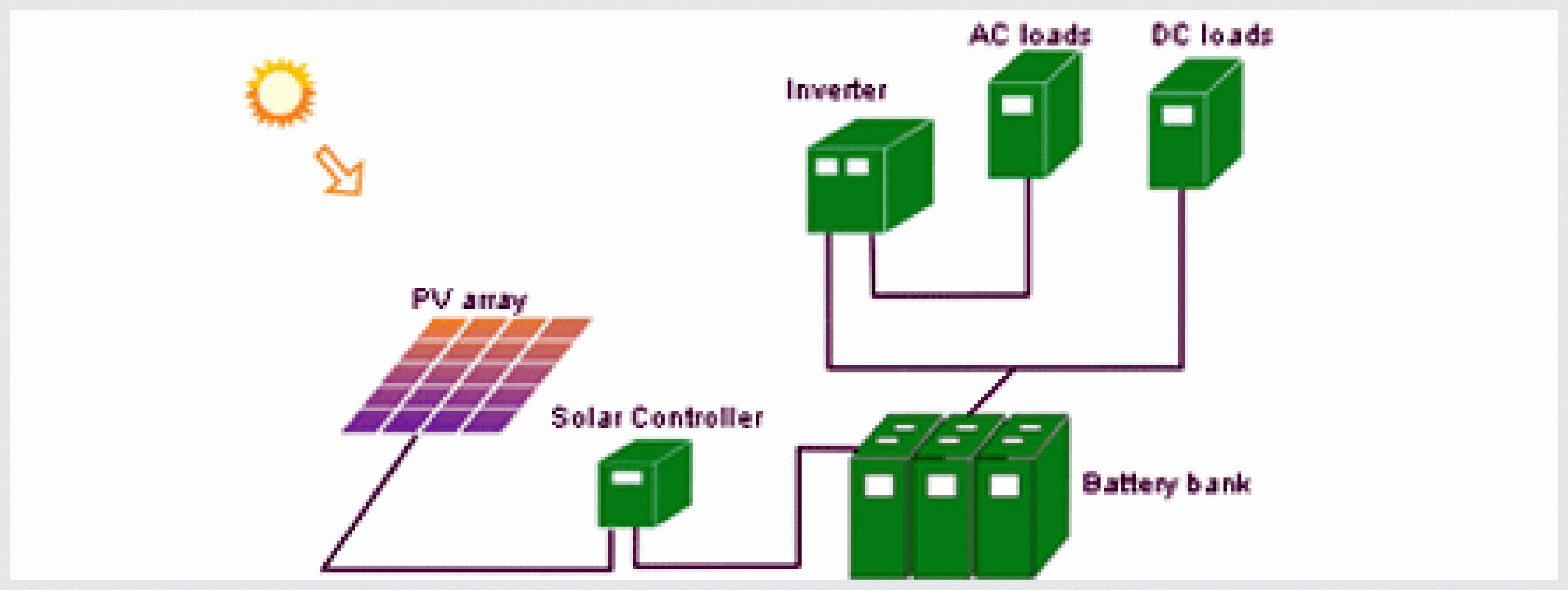
How to properly choose your autonomous photovoltaic
Choosing the right system may seem easy, but it is not. One calculation method is based on daily power consumption, but it is not enough.
In order to choose an autonomous photovoltaic that covers our electricity consumption, we will need to know:
- The power in Watt (watts) of the devices-machines.
- The starting current of the devices. For example, the motor in a refrigerator requires 3-8 times more current for a few seconds to start compared to its nominal. So it is important the starting current that can give the inverter that we will choose.
- The frequency of use during the week (for example how many times we put a washing machine). How often and for how many hours we use the appliances (TV, lighting, washing machine, computer, etc.), determines the size of the batteries. Batteries are distinguished according to how much current they can store and are measured in amperes (Ah) capacity.
- The use of devices. That is, if it is only for summer, weekends or for the whole year. Photovoltaics in the summer produce up to twice the amount of electricity. So in a cottage that is inhabited in summer and some weekends in winter, less photovoltaics are required.
- The energy autonomy we want. That is, if for example photovoltaics and batteries meet our needs for electricity for only one day, then if the next day it is cloudy, we will run out. So we have to define some days of autonomy (in Greece in most cases two (2) days are enough). To increase the autonomy of the power supply we must invest in batteries with a larger capacity. Taking into account the above, but also the location of the installation, the power of the photovoltaic panels and the type of other equipment are calculated.
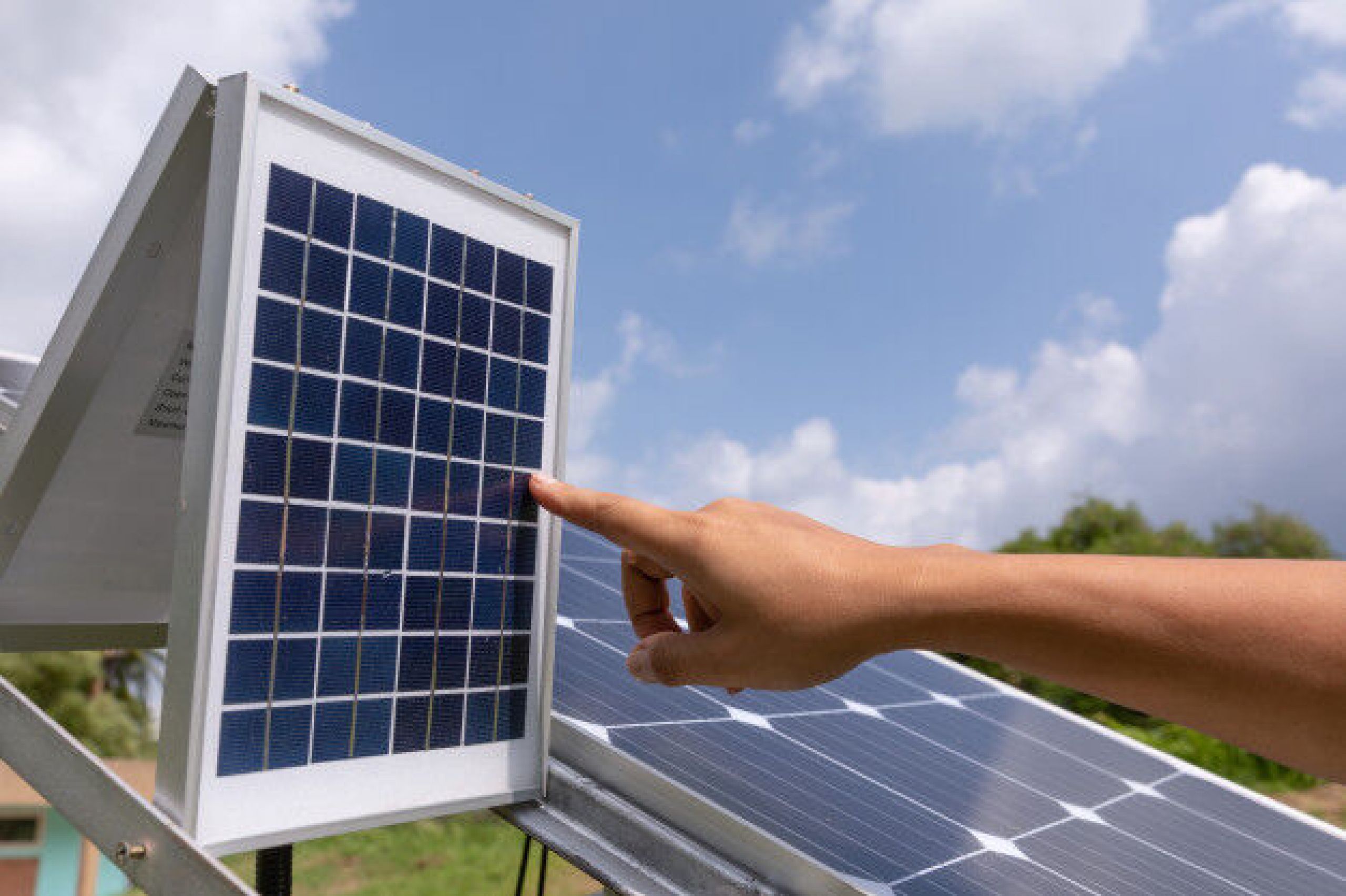
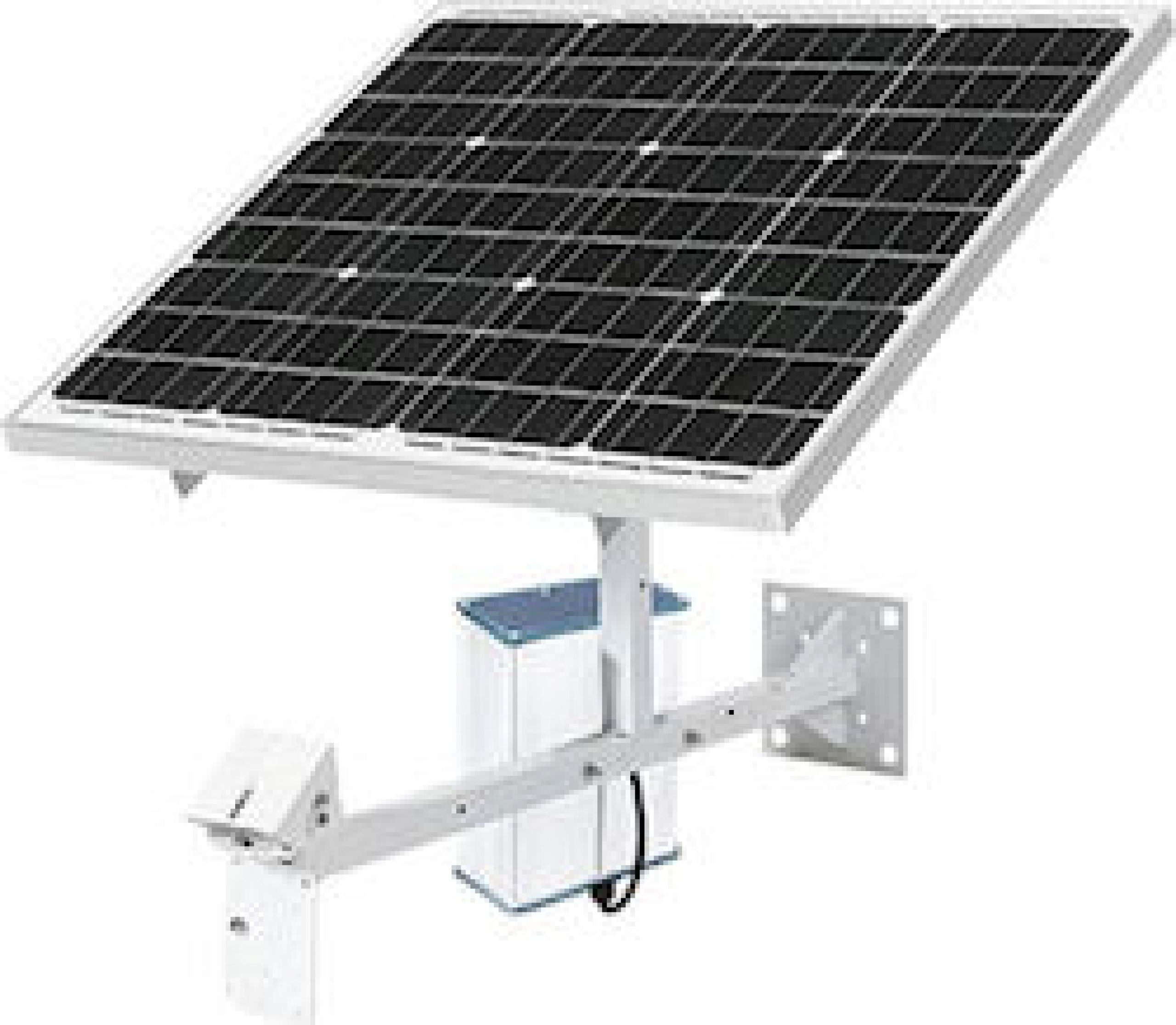
The advantages of an energy autonomous system
The owner of an energy autonomous home:
- No worries about blackouts.
- It controls the production of electricity by photovoltaics. This allows him to program the operation of energy-intensive appliances, but also overall to form a "profile" of consumption, in complete harmony with the needs of the home, with the weather conditions and the amount of electricity generated by photovoltaics.
- Helps tackle climate change. Each installed kilowatt (kW) of photovoltaics prevents the release of 1.3 tons of carbon dioxide (CO2) into the atmosphere.
